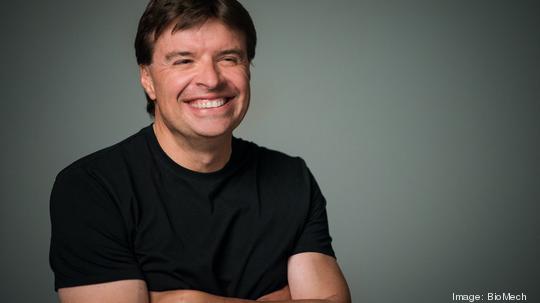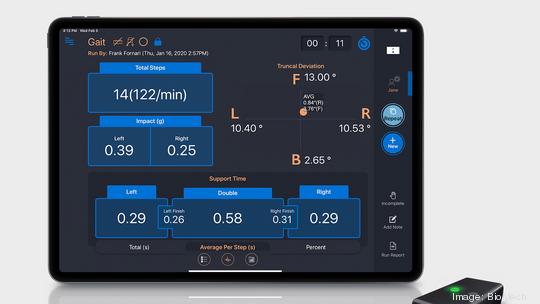
Science and medicine has gotten one step closer to optimizing motion-based treatment plans.
BioMech is a biotech company that designs and develops hardware and software that quantifies “how things move”.
Dr. Frank Fornari, chairman of BioMech, has studied physiology and medicine since the mid-80s and has spent his career researching how things move and ways to measure such a metric.
“If you think about it, everything in this universe has one thing in common: It moves,” Fornari told Inno. “Whether it’s a financial process or you sitting at your desk or walking to your car, there's an optimal way to move and a non-optimal way to move."
"Most of the time we don't really have a way to gauge what that process looks like," he added.
And in what Fornari called the “final frontier of data science,” computers are being used to analyze and assess the relationship between all the different points on something to quantify its movement. This is where BioMech comes in.
The company first started in earnest in 2013, while 2020 has been the advent of the growing its sales opportunities to get the technology into places like clinicians’ offices, hospital systems, physical therapist operations and neurologists centers.
“Based on patent-ability, we probably have the best motion system available on the planet right now, and it’s right here in Richmond,” Fornari said.

BioMech has grown to a team of nearly 50 and has completed two funding rounds, with a $9M Series B round closing earlier this year. The company operates out of Richmond with satellite locations in Indianapolis and Europe.
BioMech’s flagship program uses visuals of a person’s movement to diagnose possible maladies like arthritis and allows medical professionals to more accurately prescribe a treatment, whether it is surgical or therapeutic. The system captures various parameters of motion, such as a person’s gait, using a physical sensor. That data is then analyzed, and the key metrics are reported back to the user instantly.
“For the first time in medical history, we have a tool that can actually capture, quantify and analyze motion in real time,” Fornari said. “It's clinically relevant and actionable to assess the efficacy of treatment. Really, it’s quite a quantum leap for motion science.”